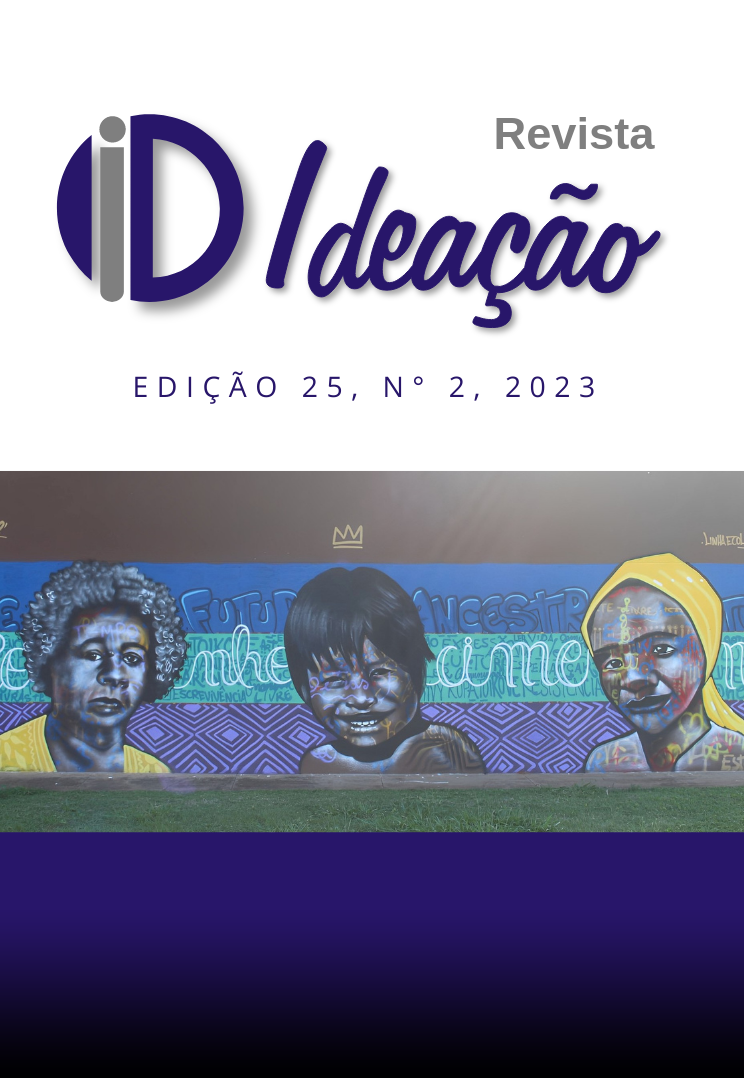The study of discursive genres from the sociological method: An analysis of the social and verbal-visual dimensions of a comic strip by Alexandre Beck
An analysis of the social and verbal-visual dimensions of a comic strip by Alexandre Beck
DOI:
https://doi.org/10.48075/ri.v25i2.30037Keywords:
Sociohistorical Method, Srip discursive genre, Verbal Dimension, Verbal-visual dimensionAbstract
As language scholars and teachers of Portuguese, we are interested in working with a living and concrete language. This requires that the discourses/discursive genres be analyzed from a sociological methodological order, as explained by Voloshinov (2018). In this perspective, it is necessary to consider the social (extraverbal) and verbal dimensions of the genres, in addition to their inseparable constitutive elements -thematic content (theme), the compositional construction and the style of the texts-statements- that, together, produce the meanings of the text. For a better understanding of the concepts mentioned, we carry out an analysis based on a specific statement-text, an example of the strip/strip genre, intertwined with theoretical reflections by authors such as Bakhtin (2003, 2016), Voloshinov ( 2018, 2019). ), Faraco, Castro and Tezza (2007), Brait (2018a, 2018b), Brait and Amorim (2020), Sobral (2009), among others, brought here to help us in the analysis of the text- Statement used as an example for our research through the sociological and, mainly, sociohistorical method, as proposed by Bakhtin. From the study carried out, it is evident that the elements that constitute the genre are intertwined and that, in fact, the meaning is only possible if the non-verbalized and verbalized parts of the text-statement are considered.
Downloads
Published
How to Cite
Issue
Section
License
Copyright (c) 2023 Direitos partilhados conforme licença CC BY-NC-SA 4.0

This work is licensed under a Creative Commons Attribution-NonCommercial-ShareAlike 4.0 International License.
Authors who publish in this journal agree with the following terms:
1. Authors maintain copyright and grant the journal the right of first publication, with the work simultaneously licensed under the Creative Commons Attribution License that allows the sharing of the work with recognition of authorship and initial publication in this journal.
2. Authors are authorized to assume additional contracts separately, for non-exclusive distribution of the version of the work published in this journal (e.g., to publish in an institutional repository or as a book chapter), with acknowledgment of authorship and initial publication in this journal.
3. Authors are allowed and encouraged to publish and distribute their work online (e.g., in institutional repositories or as a personal page) at any point before or during the editorial process, as this may generate productive changes, as well as increase the impact and citation of the published work (See The Effect of Free Access).
Creative Commons License
This work is licensed under a Creative Commons Attribution-Noncommercial-ShareAlike 4.0 International License, which permits sharing, copying, distributing, displaying, reproducing, the whole or parts provided it has no commercial purpose and the authors and source are cited.


